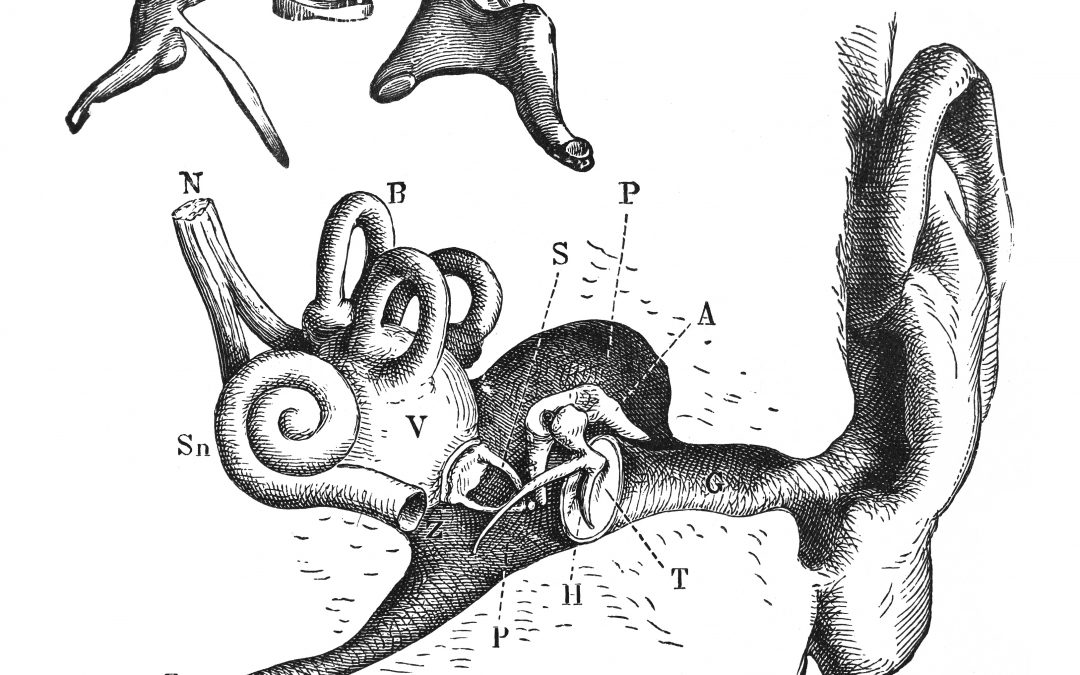In ancient cultures like Greek, Egyptian, and Chinese, tinnitus was often intertwined with mythological, spiritual, or medical interpretations, reflecting the diverse perspectives of those times. In this blog, we will take a different view on this hearing phenomenon and examine tinnitus in Ancient History, Middle Ages & the Renaissance Eras.
Tinnitus in Ancient History
In Greek mythology, tinnitus is referenced in various tales. One notable instance involves Cassandra, a figure gifted with prophecy by Apollo but cursed with the burden of not being believed. Cassandra was said to have heard constant buzzing or ringing in her ears. This constant noise was believed to be a gift from the gods, enabling her to foresee the future. However, it also served as a symbol of the isolation and disbelief she faced due to her prophecies.
Ancient Egyptian medical texts, such as the Ebers Papyrus, dating back to around 1550 BC, documented cases of various ailments, including conditions related to the ears. While not specifically addressing tinnitus as a distinct condition, these texts contained descriptions of ear discomfort, potential remedies, and treatments. They attributed ear-related issues to bodily imbalances and suggested treatments involving substances like honey and herbs, highlighting an early attempt to understand and manage ear-related ailments within the context of overall health.
Chinese medical texts, notably those from the Han Dynasty (206 BC–220 BC), also addressed auditory conditions. Tinnitus, known as “Er Ming,” was recognized and attributed to imbalances in the body’s vital energy, or “Qi” (Chi). These texts proposed treatments involving acupuncture, herbal remedies, and massage techniques aimed at restoring balance in the body’s energy flow to alleviate tinnitus symptoms.
Tinnitus in the Middle Ages & the Renaissance Eras
In the Middle Ages and the Renaissance Era, medical understanding was the ancient doctrine of humoral theory, originating from the works of Hippocrates and Galen. This theory proposed that the human body was governed by four humors—blood, phlegm, black bile, and yellow bile. Health was believed to be maintained when these humors were in balance, while diseases, including tinnitus, were attributed to their imbalance. Bloodletting, a practice involving controlled bleeding to rebalance the bodily fluids, was commonly employed. It was believed that reducing blood volume would relieve pressure or rectify the supposed excess humors causing tinnitus.
Additionally, herbal remedies played a prominent role. These treatments utilized a variety of plants, roots, and herbs believed to possess medicinal properties. Combinations of these substances were administered orally or applied topically to the head or ears to alleviate the symptoms of tinnitus.
Read our blog – Unravelling the Enigma of Earworms: How Do They Work?
Alongside medical practices, superstitions and magical beliefs heavily influenced the treatment of tinnitus. Amulets, talismans, and incantations were employed as protective measures against evil spirits or to seek relief from the phantom sounds. The prevalent belief in supernatural forces influencing health was reflected in these practices.
Early acoustic devices emerged during this period, including early versions of ear trumpets. While these devices didn’t directly address the internal sounds associated with tinnitus, they were designed to amplify external sounds. The hope was that by enhancing external noises, individuals experiencing tinnitus might find some distraction or relief.
The Renaissance witnessed a gradual shift toward more scientific inquiry and exploration. Figures like Paracelsus sought to merge empirical observation with mystical beliefs. They proposed treatments that combined elements of alchemy, herbalism, and early forms of scientific experimentation to address various medical conditions, including tinnitus.
We would be very interested in hearing from you if you have more information on the history of tinnitus through the ages. Please feel free to comment below or contact us.
